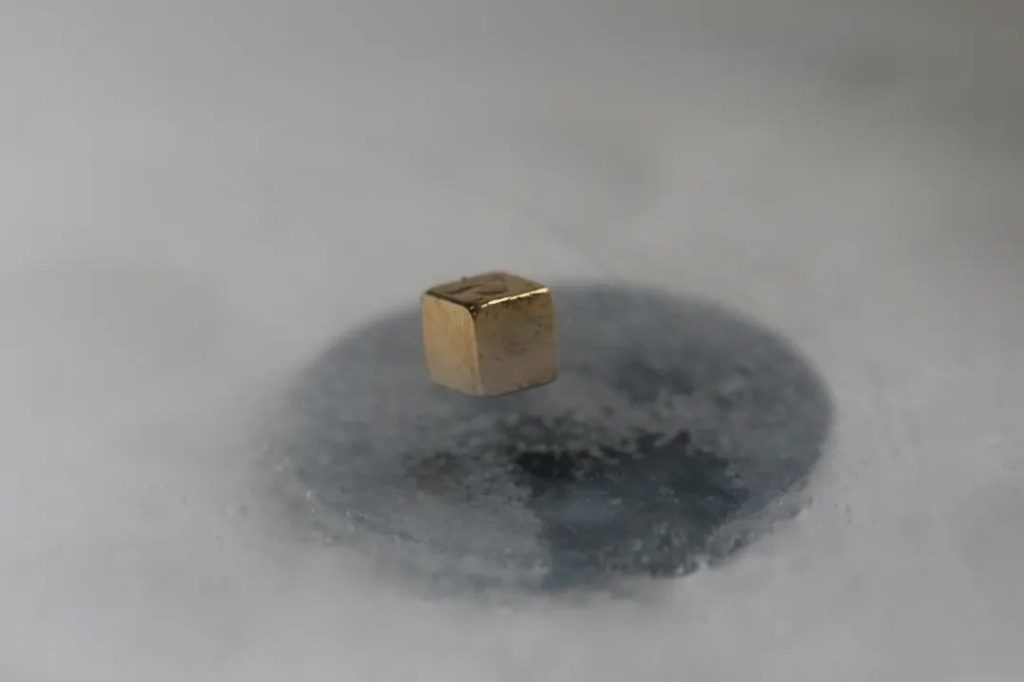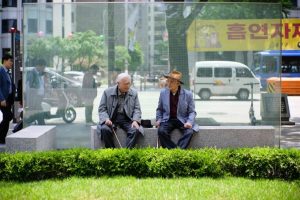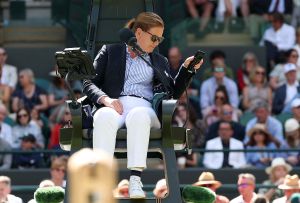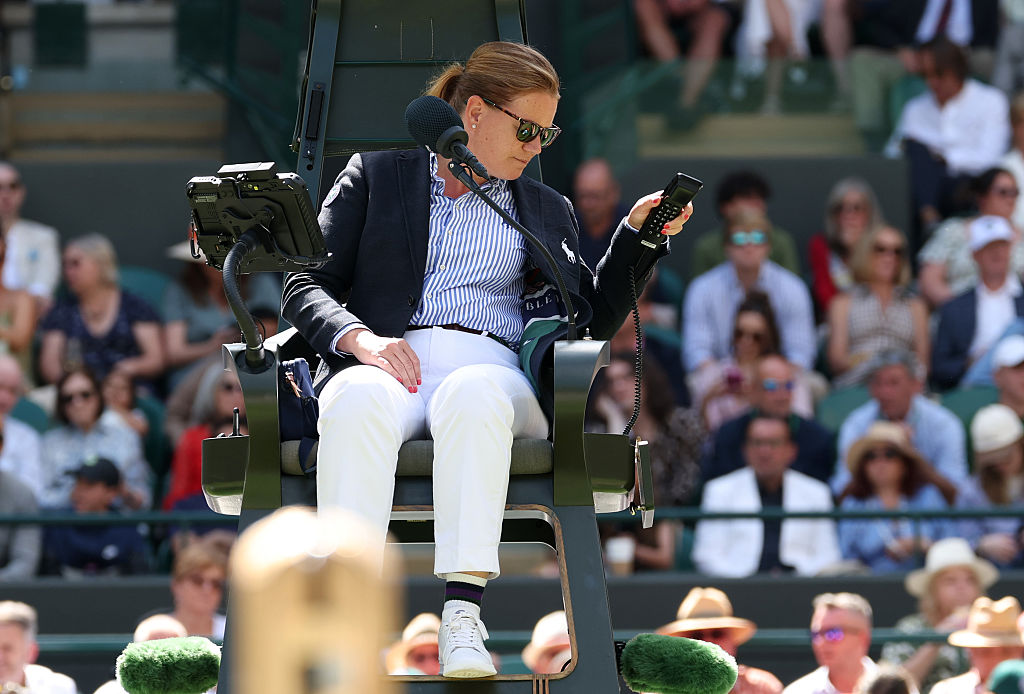A team of South Korean scientists has pre-printed a paper asserting that they have achieved superconductivity at room temperature and atmospheric pressure. The paper has led to widespread speculation that this is the most significant physics discovery in decades, with huge implications for energy, medical technology and computing. Even Jordan Peterson is asking if room-temperature superconductivity has become a reality.
If the paper is true, it is indeed big news.
But there are widespread doubts as to whether it will prove true. The paper comes from an unknown team at a start-up institute with little track record in the field, it has not been peer reviewed and its charts are frankly a mess. So the betting is it will prove to be just a familiar hype-and-disappoint cycle of the kind that plagues the field of energy physics.
But there are good reasons to think that the phenomenon itself might be possible one day; that it’s not a physical impossibility.
Superconductors do exist: they can carry electrical currents without resistance, generating no heat and experiencing no losses. Heike Kamerlingh Onnes got the Nobel prize 110 years ago for discovering that if you plonk some mercury in liquid helium, at minus 269°C (-452°F), it loses all resistance to electrical current.
But given how difficult it is to make liquid helium, and to maintain such low temperatures, this remained a curiosity of little practical use. Then in 1986 scientists at IBM found that certain oxides could superconduct at higher temperatures. An oxide of three metals, yttrium-barium-copper, superconducted at a balmy minus 170°C, (-274°F) above the temperature of liquid nitrogen, a much cheaper refrigerant to make. That made it useful in big magnets, for instance in scanners.
Then in the past decade hydrogen sulphide and lanthanum hydride proved to be superconductors at even higher temperatures, but only at immensely high pressures, equivalent to more than a million and a half times atmospheric pressure. Again, interesting but impractical. A still warmer, high-pressure result announced in 2020 has since been retracted.
Now comes a claim of superconductivity at ambient temperatures and pressures. If it’s true and if the material, which is made of lead, copper and oxygen, is reliable and cheap to make — very big “ifs” in this field — then suddenly storing and transmitting electricity would become much cheaper and more efficient. Power stations would no longer need to match output to demand but could store electricity away in cheap batteries as if it were a pile of potatoes.
Ever since the cold-fusion fiasco of the late 1980s, when it was incorrectly claimed that nuclear fusion could take place at room temperature, I have taken announcements that a new energy technology can suddenly solve all our problems with pinches of salt. I have lost count of the number of times I have been urged to “believe” in the almost magical properties of new fuel cells, tethered solar panels in space or some new physics that will abolish the energy conundrum once and for all.
The authors of this latest paper are not hiding the light of their excitement under any bushels of modesty: “We believe that our new development will be a brand-new historical event that opens a new era for humankind.”
Hmm. Remember the “projector” that Gulliver met at the Grand Academy of Lagado, Jonathan Swift’s satire on the Royal Society: “He had been eight years upon a project for extracting sunbeams out of cucumbers, which were to be put in vials hermetically sealed, and let out to warm the air in raw inclement summers. He told me, he did not doubt in eight years more, that he should be able to supply the Governor’s gardens with sunshine at a reasonable rate; but he complained that his stock was low.”
Here’s what a superconductivity expert, Professor Jorge Hirsch at University of California at San Diego said today about the new paper: “It’s not superconductivity. It’s experimental artifacts, wishful thinking and poor judgment (in the best scenario).” Experts can be wrong of course, but I am not betting on it.
This article was originally published on The Spectator’s UK website.

























